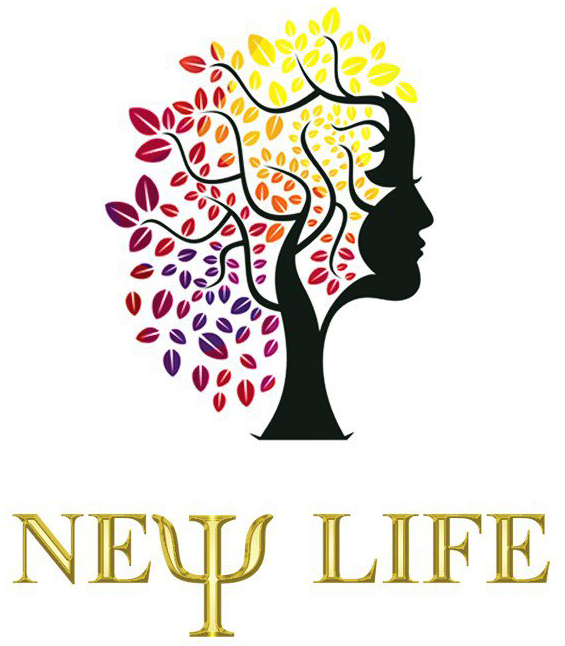Throughout human history, symbols have served as powerful tools for conveying complex ideas about our existence, destiny, and the continual process of change. From ancient artifacts to modern digital art, symbols act as universal language that shapes our beliefs and perceptions about fate and transformation. Understanding their role enables us to navigate personal growth and cultural narratives more consciously.
2. Theoretical Foundations: How Symbols Convey Meaning and Influence Perception
3. Symbols of Fate: How Cultural Icons Shape Our Expectations and Beliefs
4. Symbols of Transformation: From Death to Rebirth and Beyond
5. Modern Interpretations: How Contemporary Media and Art Reinforce Symbolic Perceptions
6. Non-Obvious Dimensions: The Subconscious and Personal Symbolic Journeys
7. The Dynamic Nature of Symbols: Evolving Meanings and Cultural Contexts
8. Practical Applications: Using Symbols to Influence Personal and Collective Transformation
9. Conclusion: Embracing the Power of Symbols in Shaping Our Understanding of Fate and Change
1. Introduction: The Power of Symbols in Shaping Human Perception of Fate and Transformation
Symbols are universal representations that transcend language, serving as visual or conceptual shortcuts to complex ideas. They appear in every culture, from ancient rock carvings to modern logos, embodying shared beliefs and values. For example, the wheel of fortune symbolizes the unpredictable nature of fate, while hourglasses represent the passage of time and inevitability.
These symbols influence how individuals and societies perceive their destinies and the potential for change. They create mental frameworks that guide expectations, fears, and hopes. Recognizing their impact allows us to better understand personal transformations and the collective stories we tell about life, death, and rebirth.
2. Theoretical Foundations: How Symbols Convey Meaning and Influence Perception
Semiotics, the study of signs and symbols, explains how meanings are constructed within cultural contexts. Symbols are not static; their interpretations evolve with societal changes. For instance, the gothic architecture of medieval graveyards evokes mortality and mystery, shaping cultural narratives about death and the unknown.
Psychologically, symbols tap into our subconscious, affecting emotions and beliefs. Carl Jung proposed that archetypes like the phoenix resonate universally, embodying renewal and transformation. These symbols act as catalysts, helping individuals accept and navigate change by providing familiar visual anchors.
Collectively, symbols serve as frameworks for understanding complex phenomena, fostering acceptance of life’s inevitable cycles, including death and rebirth.
3. Symbols of Fate: How Cultural Icons Shape Our Expectations and Beliefs
Certain symbols have become ingrained in cultural consciousness, shaping our expectations about destiny. The wheel of fortune, originating from ancient spinning devices, signifies life’s unpredictable turns. Similarly, hourglasses symbolize the relentless march of time leading to inevitable endings.
Gothic architecture and graveyards historically reinforce notions of mortality and the mystery surrounding what lies beyond death. These symbols influence stories and beliefs, fostering a cultural understanding that life is fleeting and ultimately governed by fate.
| Symbol | Meaning | Cultural Context |
|---|---|---|
| Wheel of Fortune | Unpredictability of fate | Ancient Greece, Medieval Europe |
| Hourglass | Passage of time, inevitability | Renaissance, Modern Symbolism |
4. Symbols of Transformation: From Death to Rebirth and Beyond
Among the most potent symbols of renewal is the phoenix, a mythic bird that rises from its ashes, embodying rebirth, hope, and transformation. Its universal presence across cultures—from Egyptian to Chinese mythologies—underscores its significance as a metaphor for overcoming death and embracing new beginnings.
Feathers, often associated with the phoenix, carry deep spiritual symbolism. In many cultures, feathers represent freedom, spiritual ascension, and protection. For example, Native American traditions view feathers as sacred gifts that facilitate communication with the divine.
These symbols encourage acceptance of life’s cycles of loss and renewal, inspiring resilience and hope in the face of adversity.
5. Modern Interpretations: How Contemporary Media and Art Reinforce Symbolic Perceptions
Contemporary media and digital art continually reinterpret traditional symbols, making them accessible to new generations. Video games, in particular, serve as modern storytellers, blending mythic motifs with interactive experiences. An illustrative example is the game «Phoenix Graveyard 2», which exemplifies how ancient symbols are woven into modern narratives.
In this game, unlocking features mirrors the idea of uncovering hidden knowledge, reinforcing the human desire to explore mysteries of fate and rebirth. Its gothic aesthetics evoke mortality and the unknown, while imagery of feathers and phoenixes symbolize hope and renewal—demonstrating that these timeless symbols remain relevant.
Case Study: «Phoenix Graveyard 2» as a Modern Illustration of Symbolic Themes
By integrating gothic visuals with symbolic imagery, the game exemplifies how contemporary art continues to reinforce ancient perceptions of fate and transformation. It leverages familiar motifs to evoke emotional responses, encouraging players to reflect on their own journeys through loss, change, and renewal.
Such media demonstrate that symbols are not static; they evolve and adapt, resonating across different contexts and technologies. This ongoing reinterpretation keeps their relevance alive, fostering a deeper collective understanding of life’s cyclical nature.
6. Non-Obvious Dimensions: The Subconscious and Personal Symbolic Journeys
Beyond cultural meanings, symbols influence us on a personal level, often surfacing through dreams, art, and everyday experiences. Personal encounters with symbols like feathers or birds in dreams can signify spiritual guidance or impending change, depending on individual context.
Psychologists and researchers have found that subconscious symbolism plays a crucial role in shaping perceptions of fate. For instance, a recurring dream about a phoenix might reflect a desire for renewal or overcoming a personal crisis.
Developing awareness of these internal symbolic processes enhances self-understanding and decision-making, allowing individuals to consciously harness these symbols for growth and transformation.
7. The Dynamic Nature of Symbols: Evolving Meanings and Cultural Contexts
Symbols are fluid; their meanings shift with historical, cultural, and societal changes. The phoenix, once solely associated with mythological rebirth, now also appears in branding, fashion, and digital art, reflecting contemporary values like resilience and renewal.
Similarly, graveyard motifs have transitioned from traditional symbols of mortality to representations of reflection and transformation in modern art and media. Recognizing these shifts fosters cultural sensitivity and awareness, preventing misinterpretations.
By understanding the evolving nature of symbols, we can better appreciate their relevance and avoid imposing outdated interpretations on contemporary contexts.
8. Practical Applications: Using Symbols to Influence Personal and Collective Transformation
Engaging intentionally with symbols can foster growth. Mindfulness practices, such as meditation on symbols like the phoenix or feather, can deepen personal resilience and openness to change.
Designing environments—through art, architecture, or personal artifacts—that incorporate meaningful symbols can create spaces conducive to transformation. For instance, displaying images of rebirth or renewal can serve as daily reminders of life’s cyclical nature.
Furthermore, cultivating critical awareness of the symbols encountered daily helps individuals discern their subconscious influences. Questioning the meanings behind symbols in media, art, or tradition empowers conscious engagement and personal development.
9. Conclusion: Embracing the Power of Symbols in Shaping Our Understanding of Fate and Change
Symbols serve as bridges between the tangible and the intangible, shaping perceptions of fate and transformation across individual and cultural levels. Their enduring presence demonstrates the human desire to find meaning in life’s cycles and uncertainties.
Modern examples like «Phoenix Graveyard 2» exemplify how ancient symbols are reinterpreted through contemporary media, maintaining their relevance and inspiring new generations to explore themes of renewal and hope.
“Understanding and consciously engaging with symbols empowers us to navigate life’s changes with resilience and awareness.”
By recognizing the profound influence of symbols, we can cultivate a deeper connection with our personal journeys and collective stories, fostering a more meaningful and transformative experience of life.



